Starting an organic community garden
Becky - 4-Wisconsin
24 years ago
Related Stories
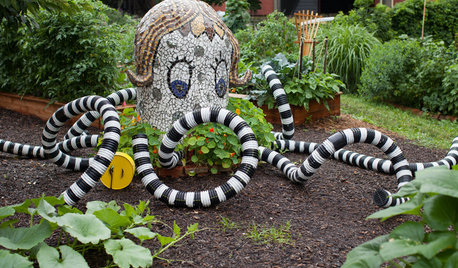
COMMUNITYArt, Edibles and Community Make Magic in a Pittsburgh Garden
With a name like Friendship, is it any wonder this neighborhood created such an enchanting community garden?
Full Story
DECORATING GUIDESFresh Start: 39 Ways to Organize Your Stuff
Jumpstart your year with great storage ideas from the Houzz community
Full Story
GARDENING GUIDESHow to Stop Worrying and Start Loving Clay Soil
Clay has many more benefits than you might imagine
Full Story
FARM YOUR YARD6 Things to Know Before You Start Growing Your Own Food
It takes time and practice, but growing edibles in the suburbs or city is possible with smart prep and patience
Full Story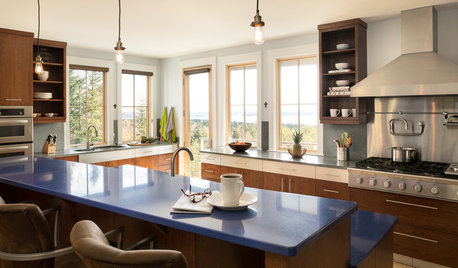
DECLUTTERING5 Ways to Jump-Start a Whole-House Decluttering Effort
If the piles of paperwork and jampacked closets have you feeling like a deer in the headlights, take a deep breath and a baby step
Full Story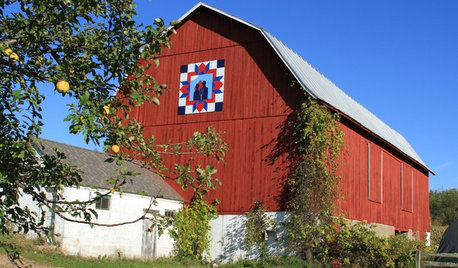
ARTBarn Quilts Piece Together a Community
One man with one beautiful idea transforms Wisconsin’s Shawano County
Full Story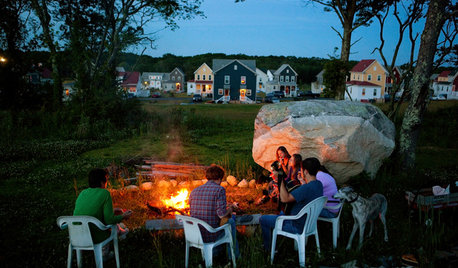
HOUZZ TOURSA New Community Flourishes in Rhode Island
Innovative affordable housing project offers new ideas for living with agriculture, art and each other
Full Story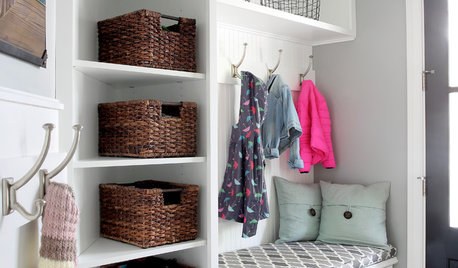
MOST POPULAROrganized From the Start: 8 Smart Systems for Your New House
Establishing order at the outset will help prevent clutter from getting its foot in the door
Full Story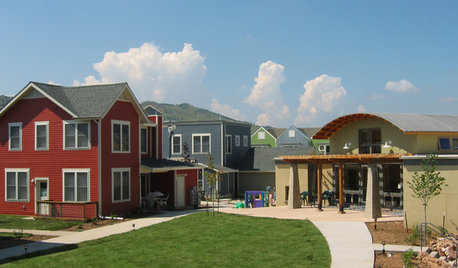
COMMUNITYTogetherness Take 2: Is a Cohousing Community for You?
Missing that sense of connection? Consider the new breed of neighborhood with a communal bent
Full Story
MOST POPULARHow to Start a Cool-Season Vegetable Garden
Late summer and late winter are good times to plan and plant cool-season crops like salad greens, spinach, beets, carrots and peas
Full Story





rene
bruce the sneaky - ice and snow
Related Professionals
Windham Landscape Architects & Landscape Designers · Arnold Landscape Architects & Landscape Designers · Ferndale Landscape Architects & Landscape Designers · Matthews Landscape Contractors · Bedford Landscape Contractors · Caldwell Landscape Contractors · Concord Landscape Contractors · Haverhill Landscape Contractors · Kaysville Landscape Contractors · La Vista Landscape Contractors · Mastic Beach Landscape Contractors · Monterey Landscape Contractors · Markham Landscape Contractors · Linden Siding & Exteriors · New Port Richey East Siding & ExteriorsGwenne Hayes-stewart
George Griffin - 5
Cynthia Salyers
Lenore Picray
Unca_Ray
JAYK
Nelz
lisa22951
Blarney
trisha_51